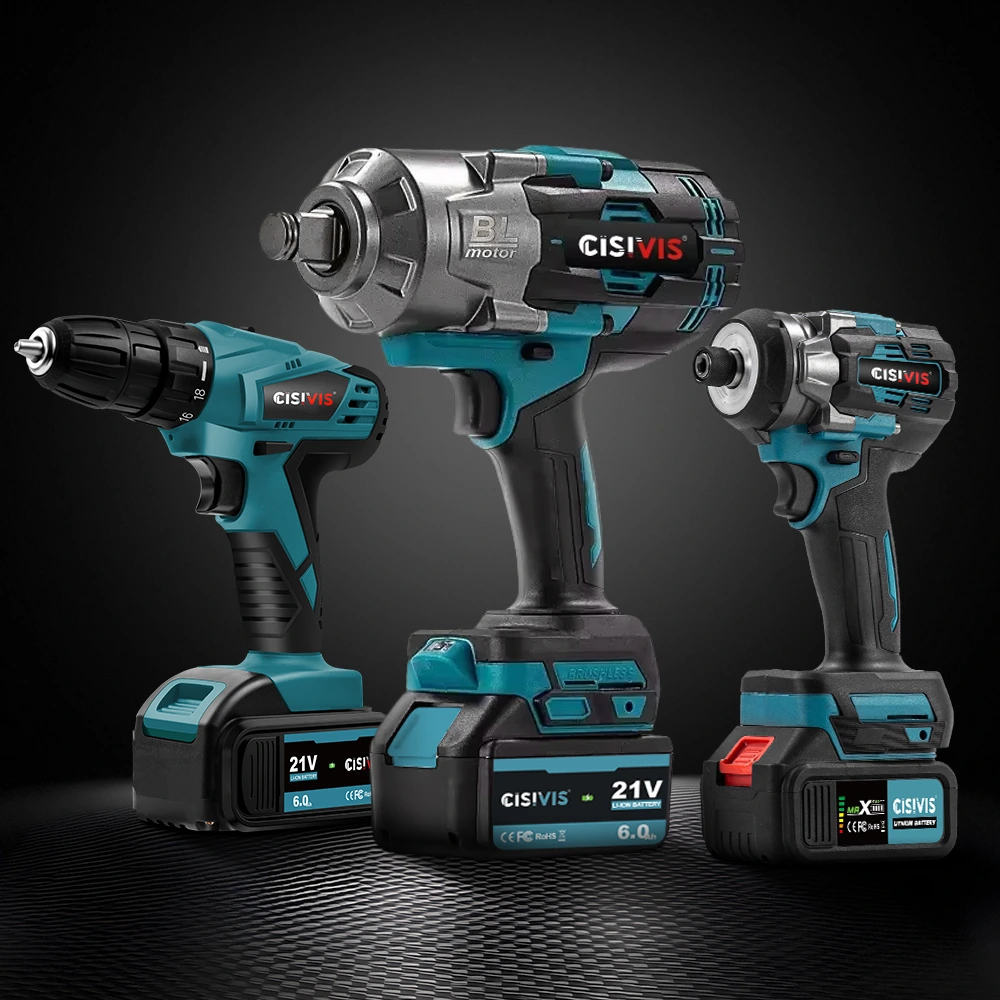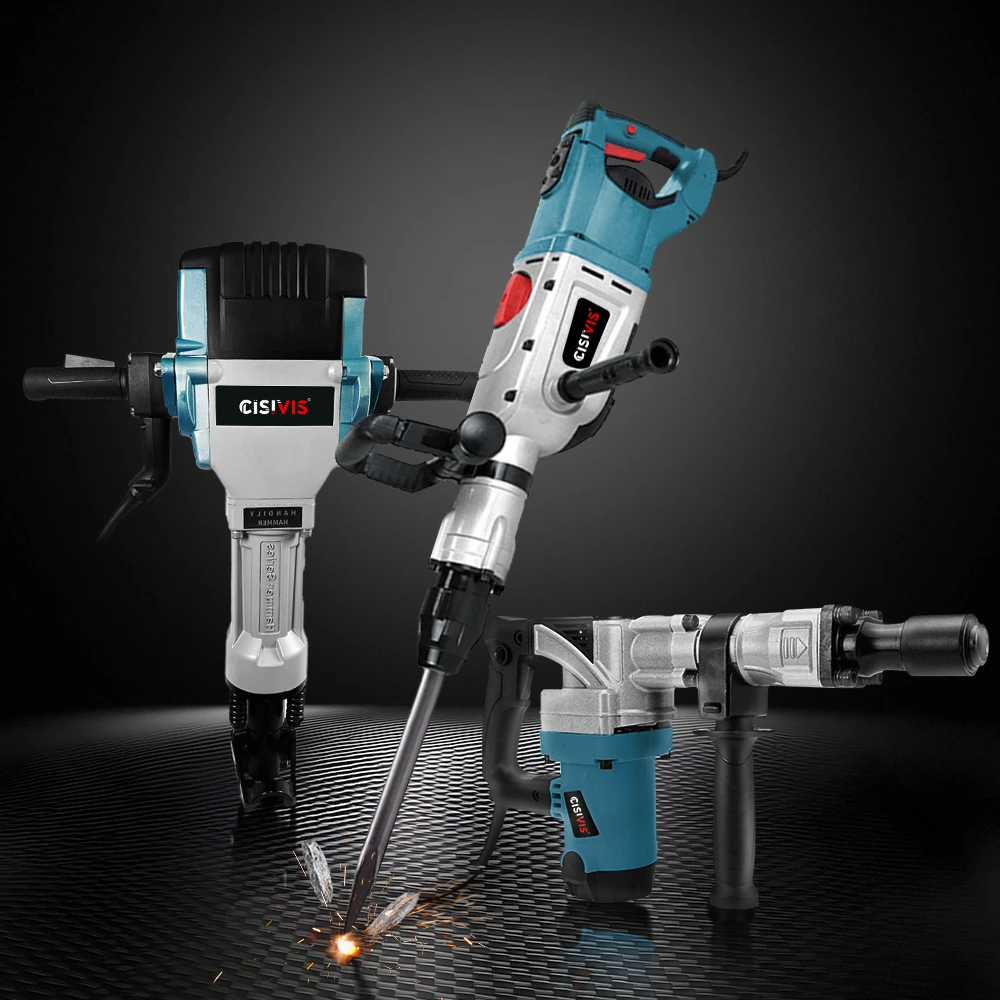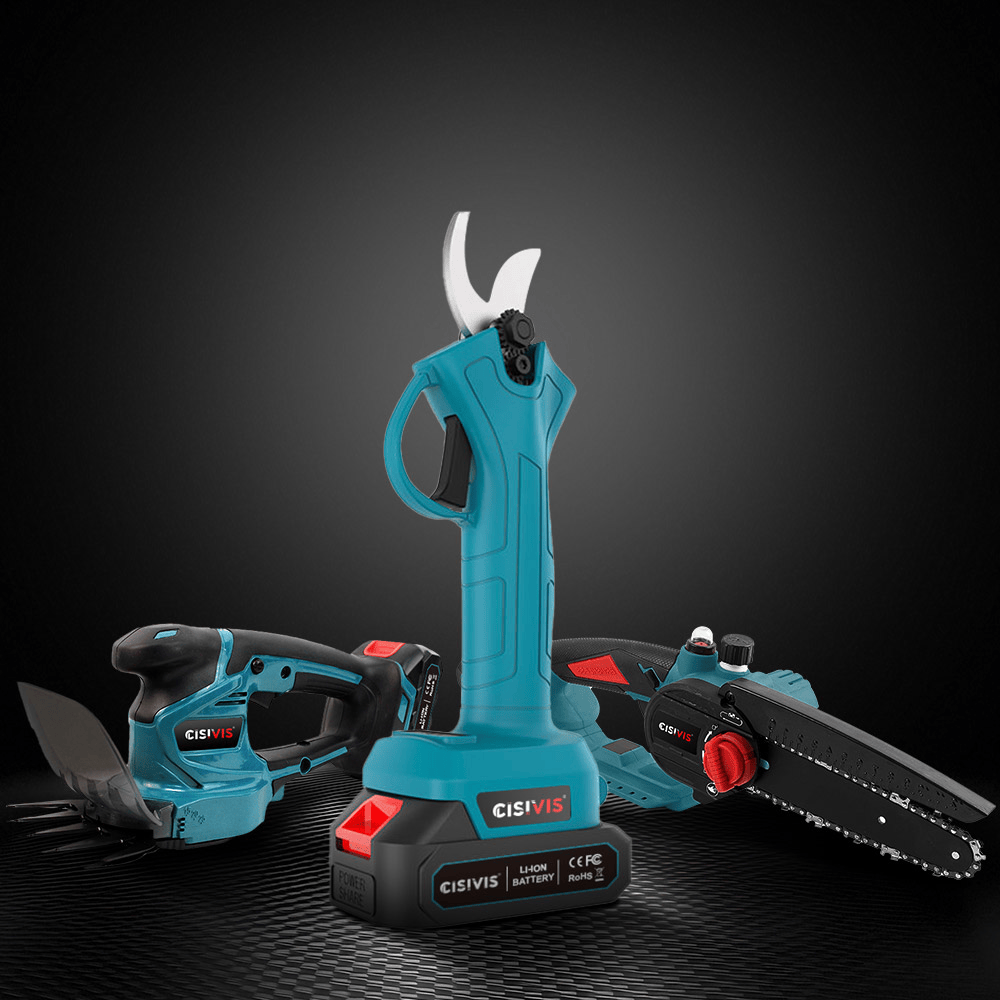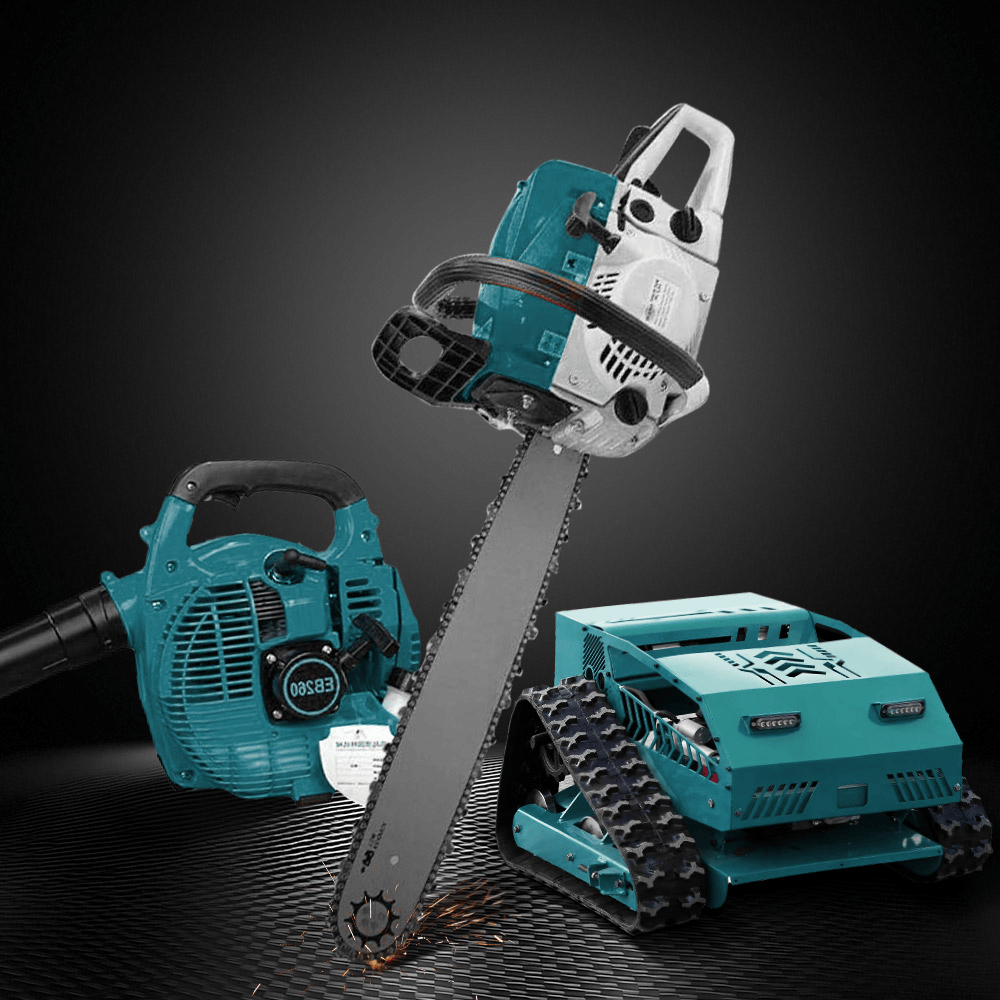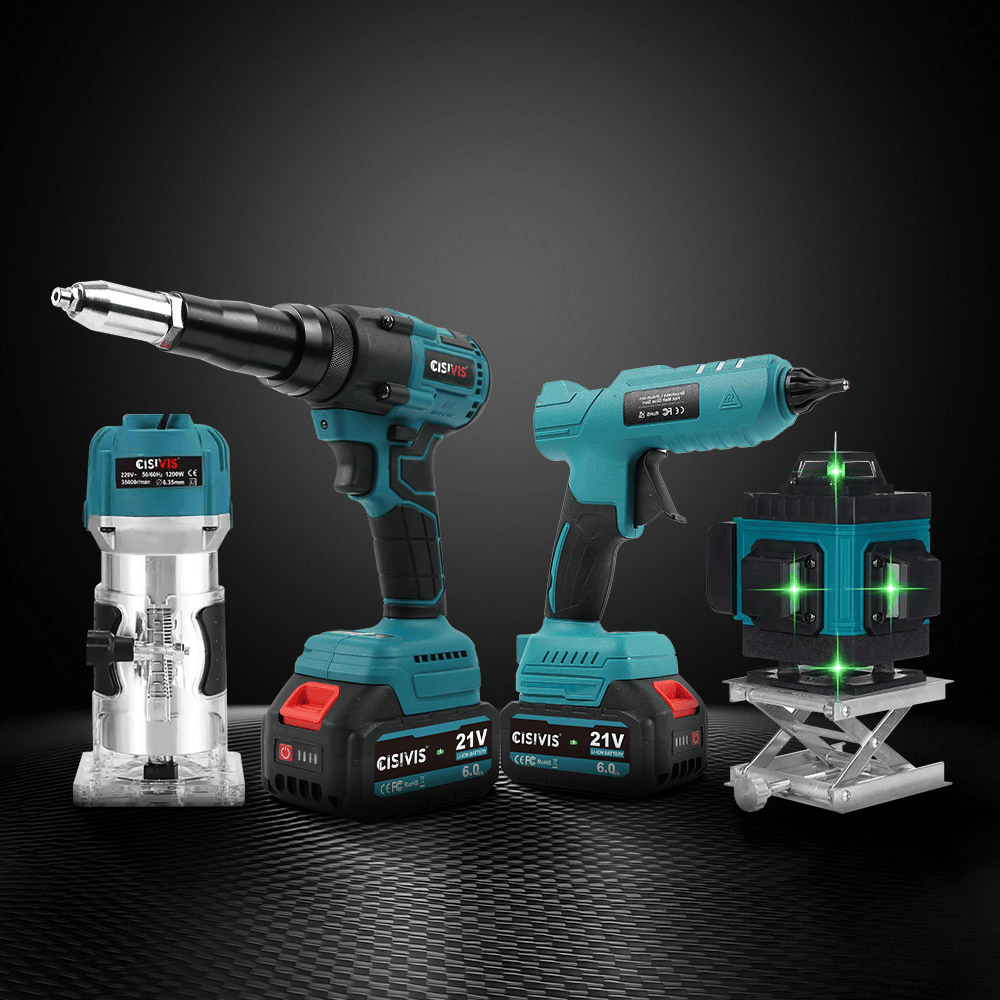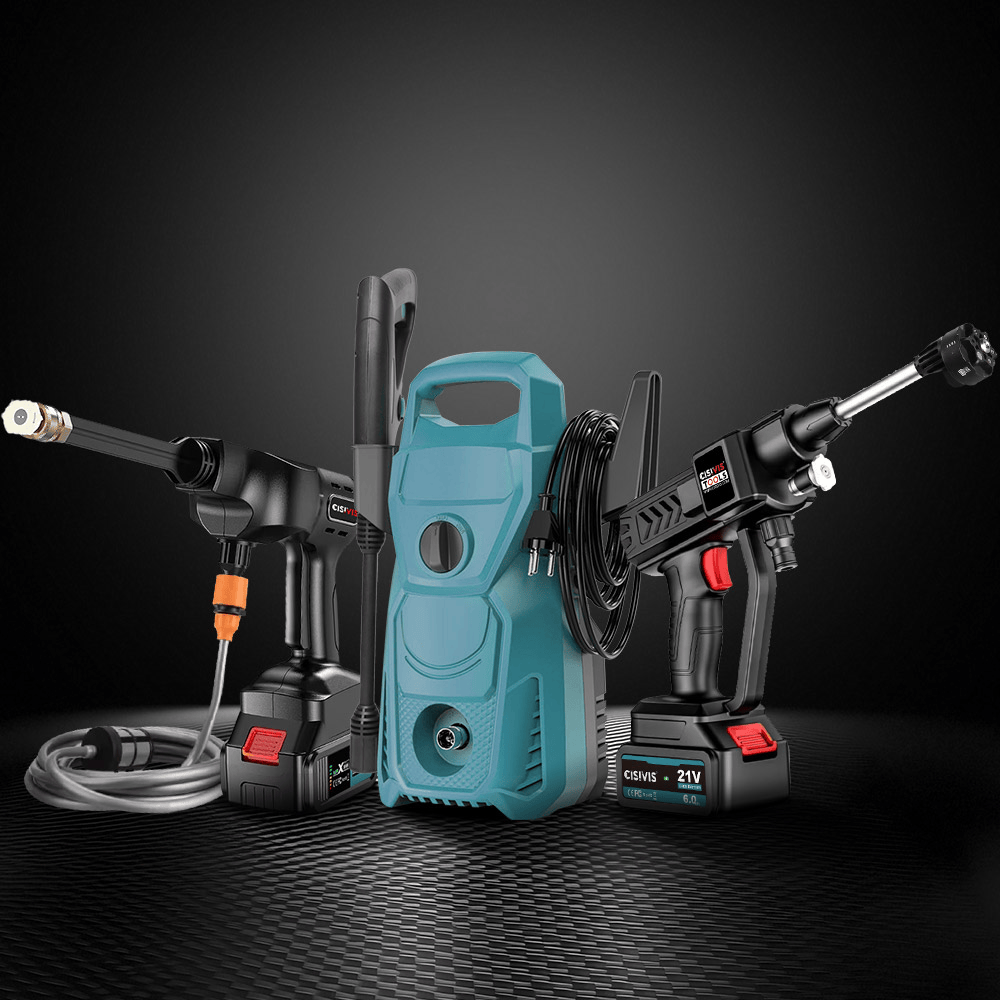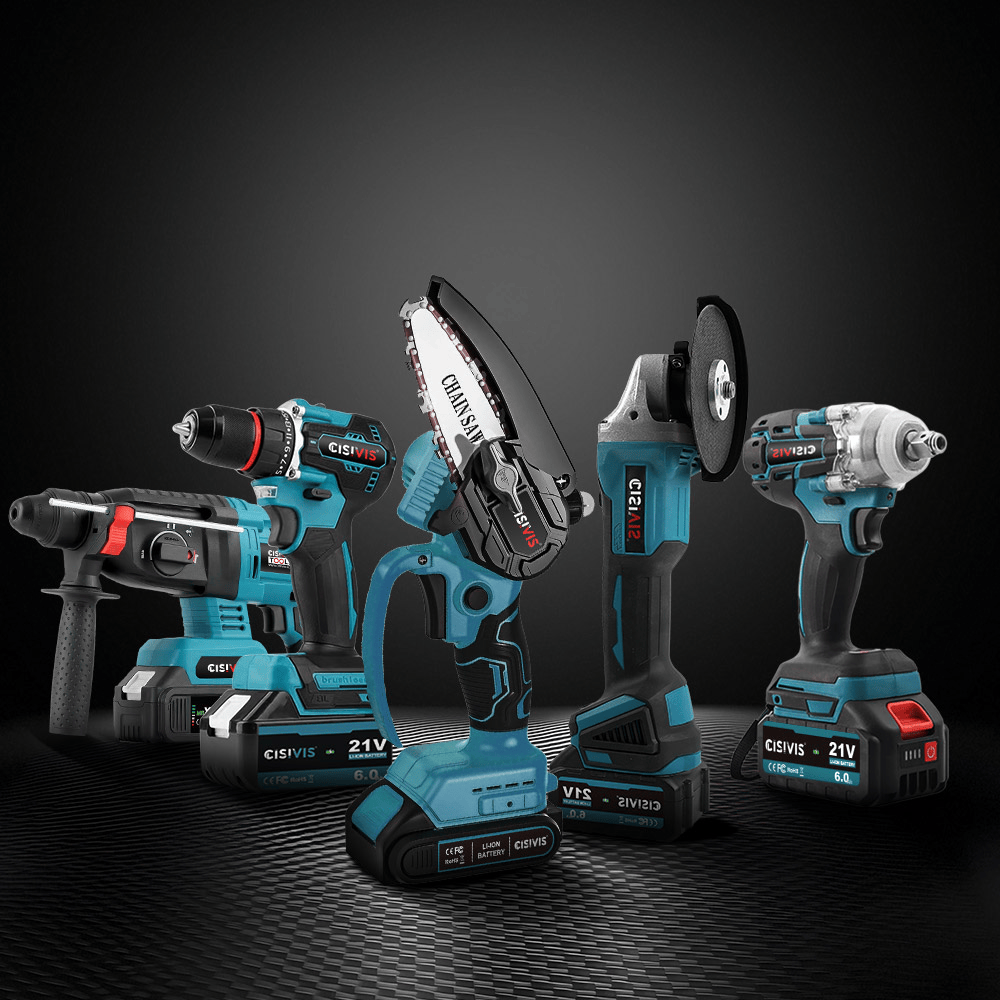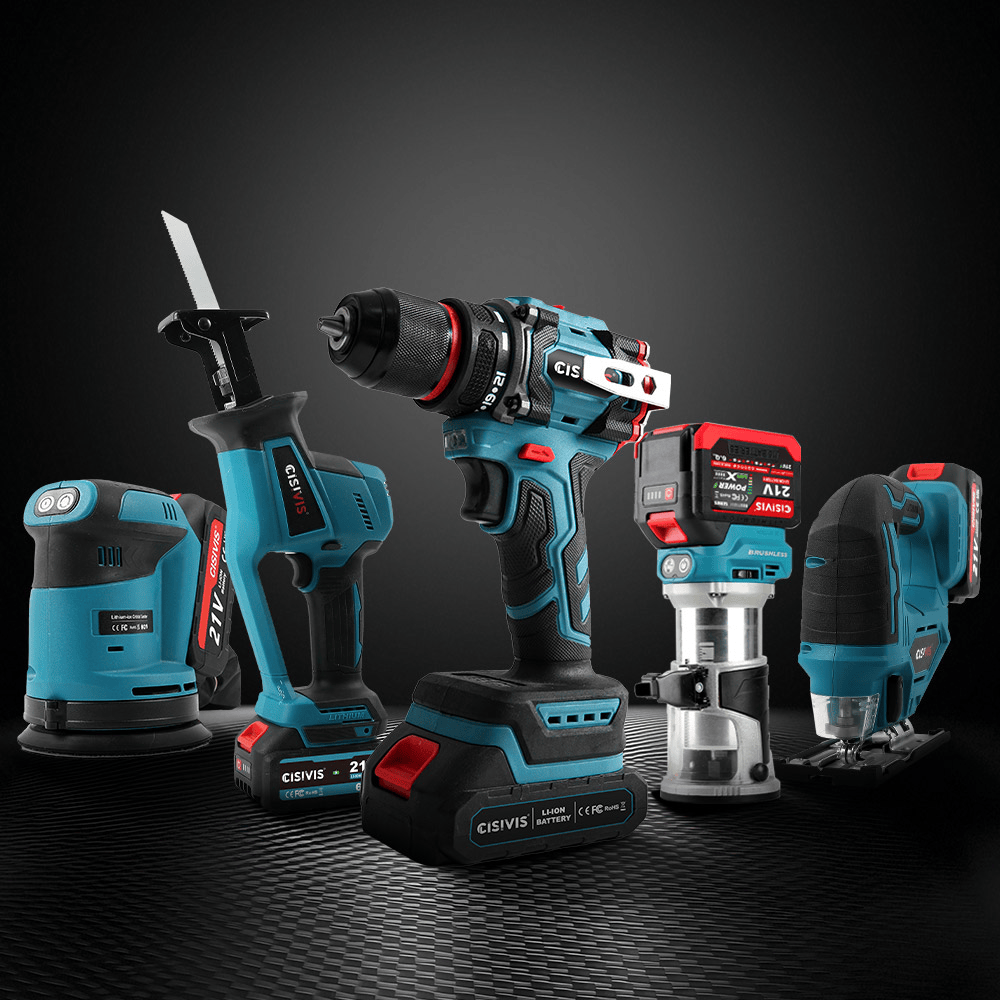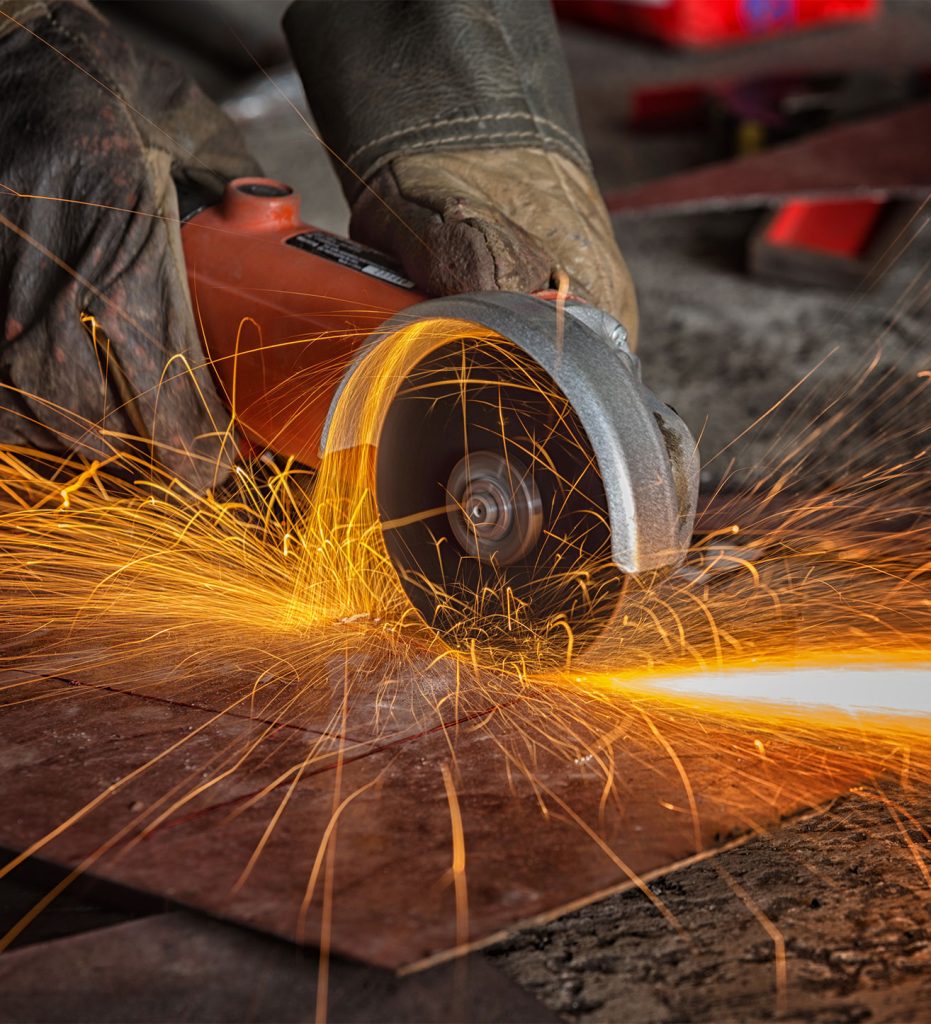- Cordless Drill
- Cordless Impact Drill
- Cordless Impact Wrench
- Cordless Ratchet Wrench
- Cordless Impact Driver
- Cordless Screwdriver
- Cordless Hammer Drill
- Cordless Angle Grinder
- Cordless Circular Saw
- Cordless JigSaw
- Reciprocating Saw
- Laser Level
- Cordless Polishers
- Cordless Pressure Washer
- Cordless Heat Gun
- Cordless Spray Gun
- Lithium Battery & Charger
- Power Tool Set
Brushless Impact Drill vs Brushed: B2B Buyer Guide
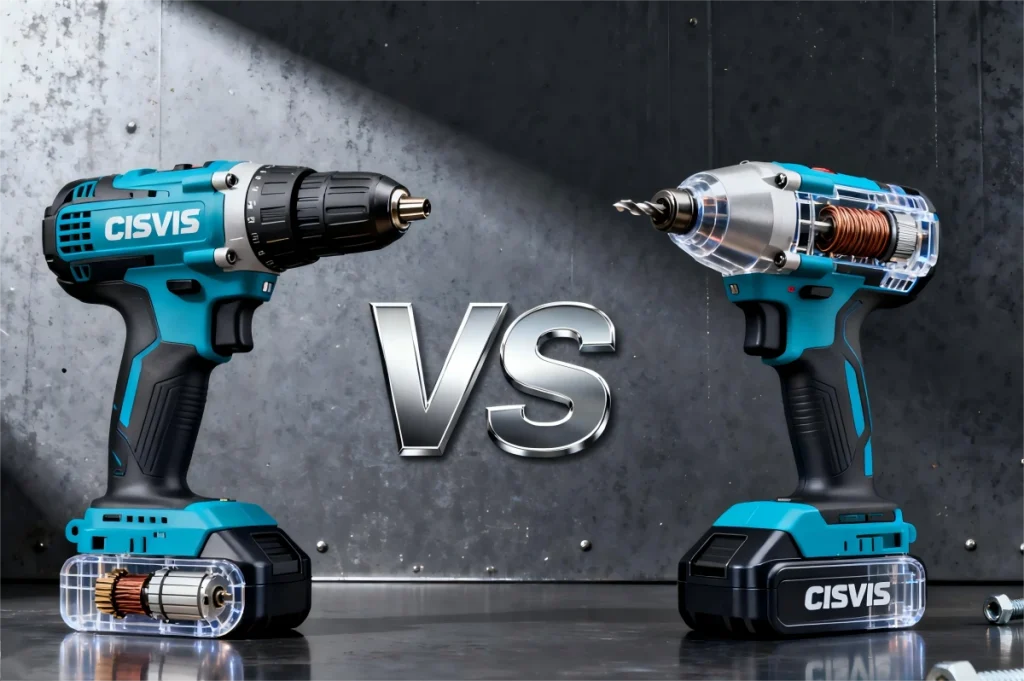
Introduction to Impact Drills
What is a Brushless Impact Drill?
A brushless impact drill drives the motor with electronic controls instead of carbon brushes. Less friction means cooler operation, longer lifespan, and steady torque. It suits factories, structural steel work, and any site needing continuous power.
What Is a Brushed Impact Drill?
A brushed impact drill uses carbon brushes to transfer current. It is inexpensive, easy to service, and effective for small construction, light assembly, and budget-limited projects.
B2B User Pain Points
- Procurement managers want dependable tools that minimize downtime.
- Professional distributors track trends and balance cost with reliability.
- Contractors need stable torque and long operating hours.
- Cross-border e-commerce sellers require low return rates and strong brand support.
[Contact with CISIVIS sales representative to solve your pain points→]
What is the Difference Between Brushless and Regular Impact Drill?
The main distinction is motor design. A brushless impact drill uses electronic commutation; a brushed impact drill depends on carbon brushes. This difference drives every performance metric.
Performance & Lifespan
- Brushless: Up to 30 % higher efficiency, cooler running, and more than 10,000 operating hours.
- Brushed: Lower cost but brushes wear, causing friction and shorter life.
Power & Torque
Brushless motors deliver consistent torque under heavy loads. Brushed drills lose torque as brushes degrade.
Maintenance & Reliability
Brushless models need almost no maintenance. Brushed drills require cleaning and brush changes, leading to extra labor and downtime.
Noise & Vibration
The absence of brush friction lets a brushless impact drill run quieter and with less vibration—important during long industrial shifts.
Price & Lifetime Cost
A brushed drill often costs 20–30 % less at purchase. Yet the long-term equation—brush replacement, downtime, energy use—favors a brushless impact drill for most industrial buyers.
| Feature | Brushless Impact Drill | Brushed Impact Drill |
|---|---|---|
| Motor Type | Electronic, no carbon brushes | Carbon brushes & commutator |
| Efficiency | Higher, cooler operation | Lower, more heat |
| Maintenance | Minimal | Regular brush replacement |
| Lifespan | 2–3× longer | Shorter |
| Upfront Cost | Higher | Lower |
| Noise/Vibration | Lower | Higher |
For factories, construction firms, and distributors, the brushless impact drill repays its higher price through durability and lower service costs.
Which is Better, a Brushed or a Brushless Drill?
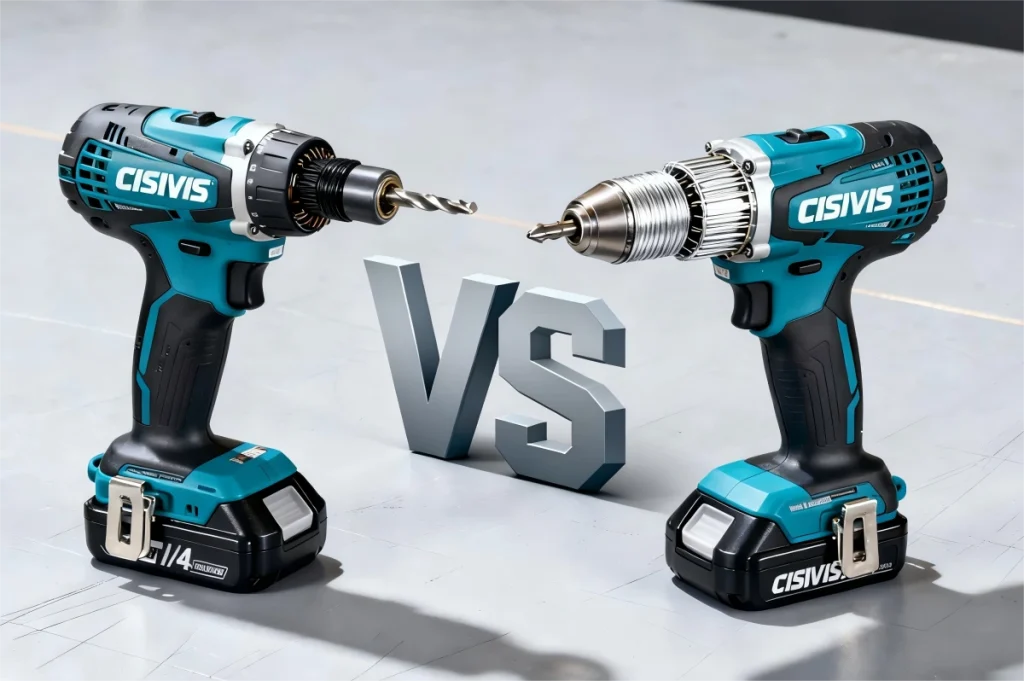
The ideal choice depends on the job site and budget.
Heavy-Duty Industrial Work
For steel framing, concrete drilling, or day-long shifts, the brushless impact drill is clearly superior. Efficiency, cool operation, and constant torque save time and batteries.
Medium-Duty or Budget Tasks
For occasional projects or cost-sensitive teams, a brushed impact drill remains practical. Lower purchase price and easy servicing appeal to small contractors and maintenance crews.
What are the disadvantages of a brushless drill?
- Higher Purchase Price: Initial investment is noticeably higher.
- Battery Requirements: Demands high-capacity compatible batteries.
- Electronic Complexity: Sensitive to moisture or poor-quality power cells.
For professionals who use drills daily, the long life and minimal downtime of a brushless impact drill quickly offset the upfront cost.
Best Brushless Impact Drill — CISIVIS
Advantages of the CISIVIS Brushless Impact Drill
The CISIVIS brushless impact drill is engineered for industrial buyers and contractors:
- High-efficiency motor with smart torque control.
- Advanced cooling to extend runtime.
- Ergonomic design to reduce fatigue on long shifts.
- Global safety certifications and OEM/ODM support for distributors.
Customer Experience
“Since switching our fleet to the CISIVIS brushless impact drill, we’ve seen a measurable difference on site,” says Lars Schneider, Operations Manager at NordWerk Engineering in Hamburg, Germany. “Over the past six months, tool downtime dropped by about 35 percent, and our crews report around 20 percent lower battery consumption compared to the brushed drills we used before. The drills run cooler and require virtually no maintenance, which keeps our schedule on track and reduces our overall project costs.”
Partner with CISIVIS
CISIVIS combines decades of R&D with a worldwide supply network, supporting industrial buyers, professional distributors, and major contractors.
FAQs
Q1: What is the lifespan of a brushless impact drill?
Typically more than 10,000 working hours.
Q2: Are brushless drills worth the higher price?
Yes, for industrial buyers the lower maintenance and efficiency outweigh the cost.
Q3: How should I maintain a brushless impact drill?
Keep it clean and dry; no brush replacement is needed.
Q4: Can brushed and brushless drills share batteries?
Yes, if voltage and connectors match.

